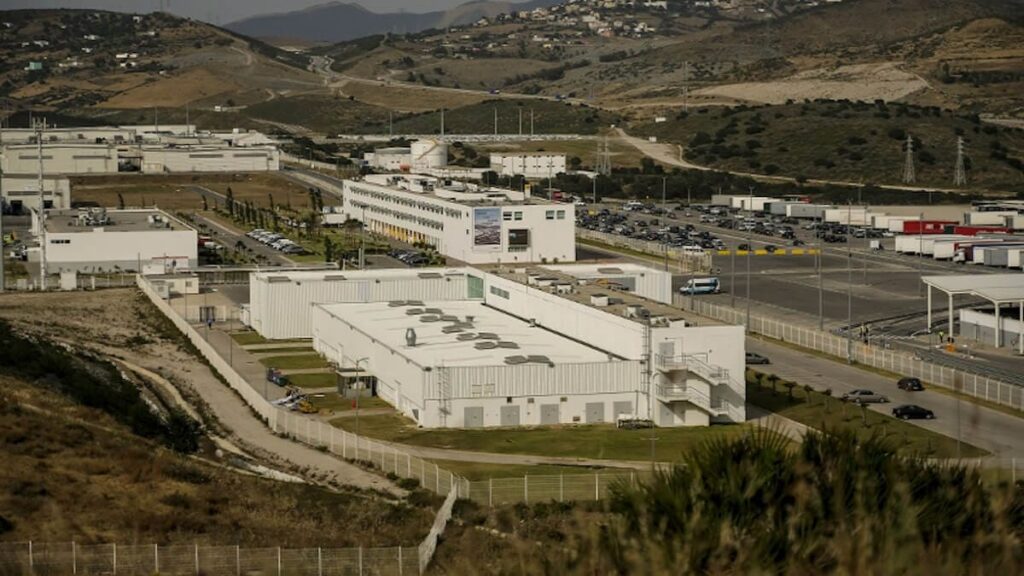Morocco Set to Overtake South Africa as Africa’s Largest Vehicle Producer
In a groundbreaking shift within the automotive industry, Morocco is on track to surpass South Africa as the leading vehicle producer in Africa. According to a recent study by BMI-Fitch Solutions, this significant development is a testament to Morocco’s strategic investments in its burgeoning automotive sector, particularly in electric vehicle (EV) projects.
Morocco’s Meteoric Rise in Vehicle Production
As per the findings reported by Le Matin, Morocco’s vehicle production is expected to reach around 614,000 units this year, edging out South Africa’s anticipated 591,000 units. This surge is propelled by Morocco’s proximity to the European Union (EU), robust trade agreements, and efficient logistics infrastructure. Additionally, Morocco has attracted interest from Chinese original equipment manufacturers (OEMs) aiming to maintain access to the European market amid shifting global trade dynamics.
Challenges Hindering South Africa
Conversely, South Africa is grappling with several impediments that are stalling its automotive production. These obstacles include logistical inefficiencies, a rise in vehicle imports, and political risks that have been exacerbated by a volatile economic environment. Despite President Cyril Ramaphosa’s administration showcasing a vision for bolstering the industry, these inherent challenges, coupled with issues related to emissions and the transition to electrification, continue to pose substantial long-term threats.
Projections and Future Outlook
BMI-Fitch Solutions offers a promising long-term forecast for Morocco, estimating an average annual growth rate of 6.8% in vehicle production through 2033. This growth trajectory suggests that Morocco’s annual output could soar to 1.09 million units. However, this optimistic outlook is not without risks, as Morocco’s automotive industry remains heavily reliant on the EU market. Acknowledging this vulnerability, Morocco has proactively diversified its trade markets through the African Continental Free Trade Area (AfCFTA), along with free trade agreements with the US, UK, and countries in the Middle East.
Comparative Growth Trends
On the other hand, South Africa’s vehicle production is projected to grow at a modest average annual rate of 0.9% between 2024 and 2033, potentially reaching 687,000 units. Barriers such as the EU’s Carbon Border Adjustment Mechanism (CBAM) exacerbate these challenges, given South Africa’s dependence on coal for energy and its geographic distance from key export markets. These factors not only increase transport emissions but also hinder the nation’s transition towards vehicle electrification.
Strategic Implications for the Region
The impending shift in automotive production leadership underscores the necessity for resilience and adaptability in an increasingly dynamic global market. As sustainability, logistics, and trade relations become paramount, Morocco’s rise highlights its capacity to thrive under such conditions. The country’s emphasis on infrastructure investment, development of skilled labour, and a business-friendly environment solidifies its position as a future strategic hub for the automotive industry in Africa.
Economic and Inspirational Impact
Morocco’s ascendancy in the automotive production landscape offers substantial economic benefits. It has the potential to significantly boost the Moroccan economy and serve as an inspirational blueprint for other African nations aspiring towards industrial and economic progression. As Morocco continues to cement its status within the global automotive supply chain, the nation exemplifies determination and strategic planning aimed at harnessing its competitive advantages.
In summary, Morocco’s climb to the apex of African vehicle production not only indicates its industrial prowess but also marks a pivotal moment for Africa’s integration into the global automotive market. This evolution reflects a broader trend where emerging markets are increasingly influencing global trade, manufacturing, and economic growth.
For more information, visit Le Matin.
